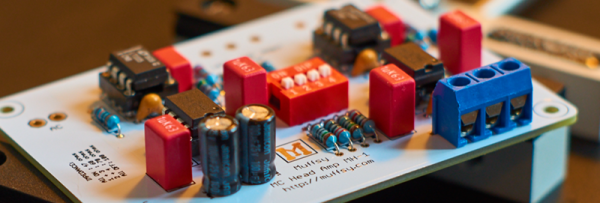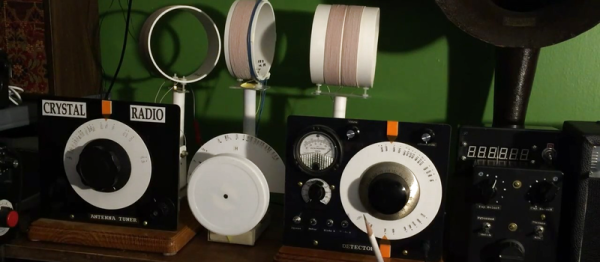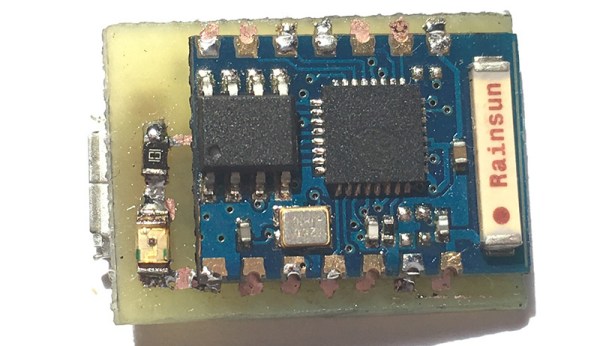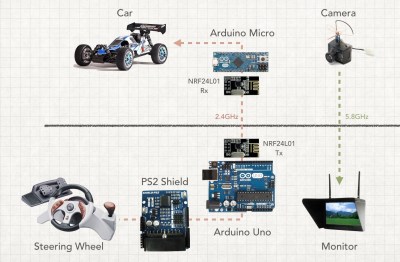While compact disks are seeing an uptick in popularity thanks to a convenient format that offers a lossless high-quality 44.1 KHz sample rate with 16-bit depth, some people are still riding the vinyl bandwagon of 2010. With that comes a need for the best hardware, and that means expensive cartridges and preamps designed by someone who knows what they’re doing.
For this year’s Hackaday Prize, [skrodahl] is building a really, really good preamplifier for moving coil turntable cartridges. It’s already built, it’s already tested, and the results are good: it produces between 36 and 46dB of gain, -110dB of dynamic range, and a signal to noise ratio of 79.46 relative to a 5mV input. That puts this preamplifier into the same territory as preamps sold with serial numbers, crystal lattices, and other audiophile nonsense.
The quality of this preamp comes from the design, and like any good open hardware project, [skrodahl] has made the schematic, PCB, and layout of this preamp completely open. It’s a great preamp, and a great entry for the Hackaday Prize.










![The front of the Soviet jet train on a monument in Tver, Russia. By Eskimozzz [PD], via Wikimedia Commons.](https://hackaday.com/wp-content/uploads/2016/09/576px-d181d182d0b5d0bbd0b0.jpg?w=300)













